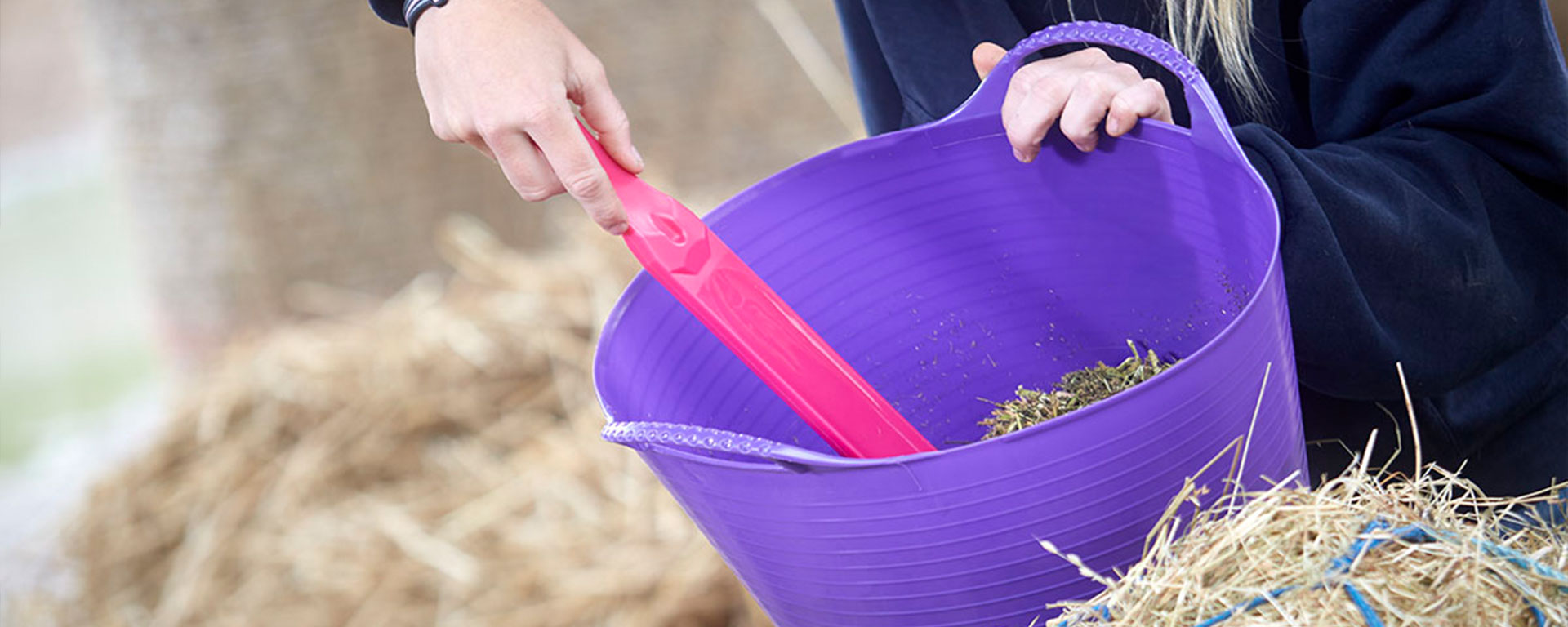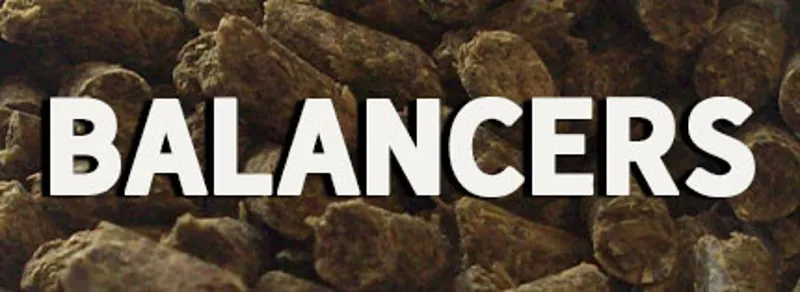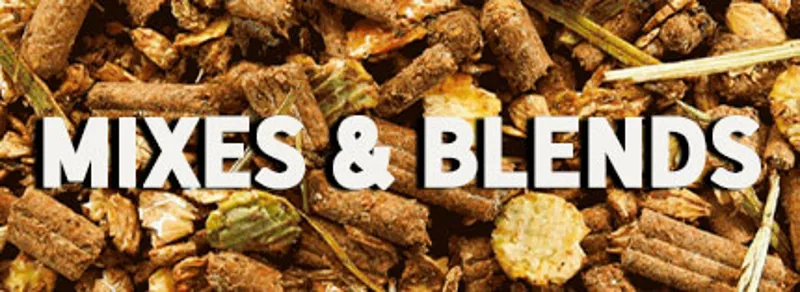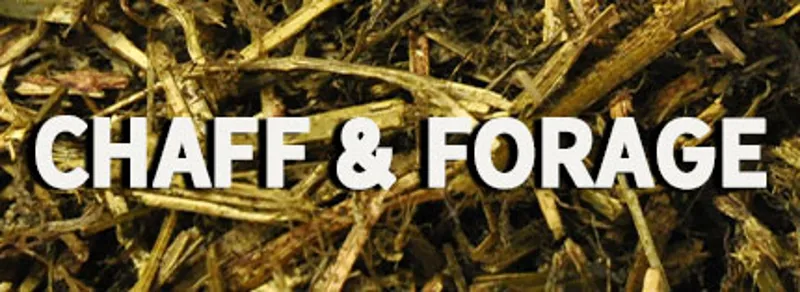The British Equestrian Trade Association’s (BETA) Feed Fact Fortnight is back again for Autumn 2024! Running from Saturday 19th October until Sunday 3rd November, this great event aims help to improve your equine nutrition knowledge on a balanced diet for your horse or pony.
What’s On
Throughout Feed Fact Fortnight we will have trained representatives from a wide range of equestrian feed and supplement brands visiting our Totnes Store, who will be on-hand to offer you FREE advice and guidance. So if you’ve been wondering what a balanced diet really means, or whether you are feeding your horse the right feed, make sure you pop in!
| Date | Time | Brand | About The Brand |
|---|---|---|---|
| Mon 21st Oct | 10am – 2pm | Allen & Page | An innovative, family-owned company, formulating and manufacturing quality horse feeds, with the highest Non-GM standard of ingredients. |
| Tues 22nd Oct | 10am – 2pm | Honeychop | Since 1986, Honeychop have been creating products using the highest quality natural ingredients, carefully selected and prepared under strict controls. |
| Wed 23rd Oct | 10am – 2pm | Baileys | Baileys Horse Feeds remains quite unique in being family owned and run since its inception in 1982. This means they care about our products and how they work for theur customers and their horses – they take it personally! |
| Thurs 24th Oct | 10am – 2pm | Horsehage | Official forage supplier to the British Equestrian Team, HorseHage have a wide collection of forage & fibre based horse food to suit your horse & their dietary requirements. |
| Mon 28th Oct | 10am – 2pm | Horslyx | Horslyx Balancers have been carefully formulated to balance the deficiencies in forage and grazing. This is a unique and innovative approach to ensuring that the modern horse’s health is supported. |
| Tues 29th Oct | 10am – 2pm | NAF | NAF supplements are created using natural formulas developed by vets & nutritionists using premium grade, fully traceable ingredients. |
| Wed 30th Oct | 10am – 2pm | British Horse Feeds | Since 1900, this family owned business is best known for its flagship product ‘Speedi-Beet’ which, thanks to the unique patented process has revolutionised the feeding of beet pulp |
| Thurs 31st Oct | 10am – 2pm | TopSpec | ‘Created without Compromise,’ TopSpec is one of the UK’s favourite brand of feed balancers and quality horse feeds. |
| Fri 1st Nov | 10am – 2pm | Animalife | Animalife are continuously creating new products packed with the highest quality natural ingredients that are targeted, effective and safe, to help horses live their happiest lives. |
| Fri 1st Nov | 10am – 2pm | Heiniger | Heiniger stands for high-quality animal shearing products “Made in Switzerland.” |
We also have some fantastic offers running throughout the 2-weeks, with discounts on selected Spillers & Dengie feeds.
Plus on Tues 29th October we will be offering 20% off the whole NAF range both in-store and online!
The BETA Guide to Dispelling Feeding Myths and Building Nutritional Knowledge
Four Feeding Myths
- FALSE – Haylage is fattening and should be avoided by owners of fizzy horses and those prone to putting on weight or laminitis. Answer: Modern methods of haylage production and widespread availability mean that its nutritional value can be as variable as hay. In fact, some hay can be more calorific than haylage. For both forages, it depends on the quality of the grass and when it was harvested. Stalky, later-cut forage is best for good doers because it increases chew time while minimising calories.
- FALSE – Too much protein can lead to excitability. Answer: Protein is not a primary energy source for horses and any excess protein in the diet is excreted in the horse’s urine. If your horse is prone to being excitable, avoid all mixes and look for fibre-based feeds containing less than 15% starch.
- FALSE – Some horses are allergic to sugar. Answer: Glucose is the primary energy source utilised by the brain, which means it is impossible for horses to be allergic to sugar.
- FALSE – Feeds for laminitics must be molasses-free. Answer: Feeds containing molasses are not automatically high in sugar. If your horse or pony is prone to laminitis, remember it is the total amount of sugar in the diet that is important and not the inclusion of individual ingredients such as molasses.
Fabulous Fibre
Horses and ponies should receive at least 1.5% of their body weight in fibre per day. Haylage contains higher moisture (water) content than hay, and a greater amount needs to be fed to provide the same amount of fibre/dry matter. Fibre is essential for gut health. Lack of fibre or poor-quality fibre can affect the horse’s ability to utilise the remainder of its diet.
Feeding Tips
- Horses are trickle feeders, so feed little and often throughout the day.
- Horses are designed to eat fibre over all other feed sources, so bases your ration around the fibre component first.
- Sudden changes in dietary management have frequently been associated with an increased risk of colic. Owners sometimes remember to change hard feed gradually, but forget that forage is the largest part of horses’ diets. Changes should be introduced over four to 10 days.
- Horses should be fed by weight, not volume, so it is important to weigh your feed and conserved forage. As a rough guide, a Stubbs scoop typically holds 2kg of a cube, 1.5kg of a mix, and 0.5kg of chaff.
Fussy Feeders
If you have tried a variety of feeds but your horse still needs tempting, try mixing a little extra molasses, apple juice or blackcurrant cordial into the feed. You can also add grated or chopped carrots or apples, dried spearmint or a handful of horse treats. Some horses like their feeds wet or soaked and those dampened or soaked in warm water might prove attractive, especially in winter.
Supplement Fact
The law does not recognise a supplement as a category of feed – it is viewed in the same way as feed in a bag. All feed (including supplements) is divided into complementary (to feed alongside forage), feed material (a single ingredient such seaweed), mineral feed (not fully balanced with other nutrients), and dietetic (feed for particular nutritional purposes).
Did You Know?
- A horse’s stomach is about the size of a rugby ball (in a 500kg horse).
- In the wild, horses can cover up to 20 miles per day in search of fresh grazing and water.
- Calories are the same thing as energy – so “high energy” feeds will also be high in calories.
- Molasses is a by-product of the sugar production industry. It can come from either sugar beet or sugar cane. It is added to feed to aid palatability as a horse’s natural diet contains sugar and the horse has evolved to recognise and generally prefer a sweet taste.
- Balancers are small, nutrient-dense feeds formulated to provide a concentrated source of vitamins, minerals, and quality protein to balance the diet alongside a negligible level of energy (calories).
NOPS and EGUS – What Do They Mean?
- NOPS – naturally occurring prohibited substances. Look out for feeds bearing the BETA NOPS mark because it shows that the manufacturer belongs to this assurance scheme, which has taken stringent measures to minimise the risk of cross- contamination.
- EGUS – Equine Gastric Ulcer Syndrome. Look out for feeds with the BETA feed assurance mark that flags up feeds suitable for horses and ponies prone to this painful condition.
Looking For Feeding Advice?
At Redpost Equestrian we stock a huge range of feeds and supplements. We are always happy to give information on the products we sell or to provide the details of specialist nutritional helplines who can advise further. We always recommend consulting with your vet for any specific dietary concerns.
You can contact us by email at [email protected], by phone on 01803 812040, or use our Live Chat service.









